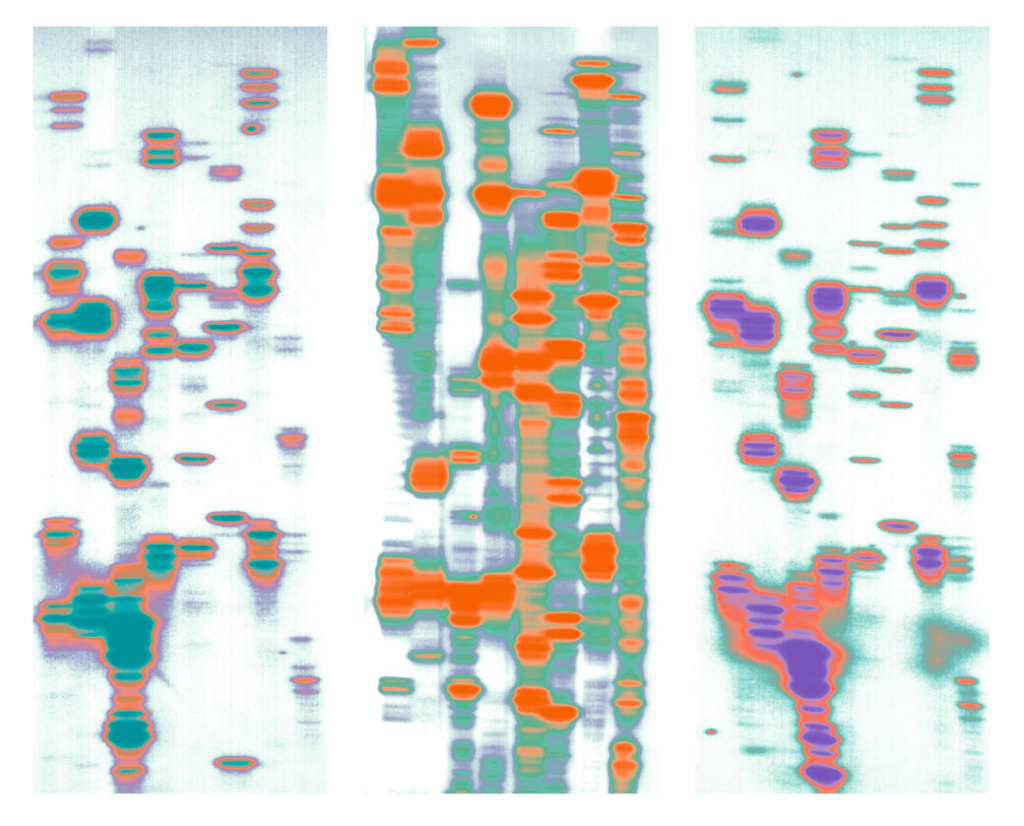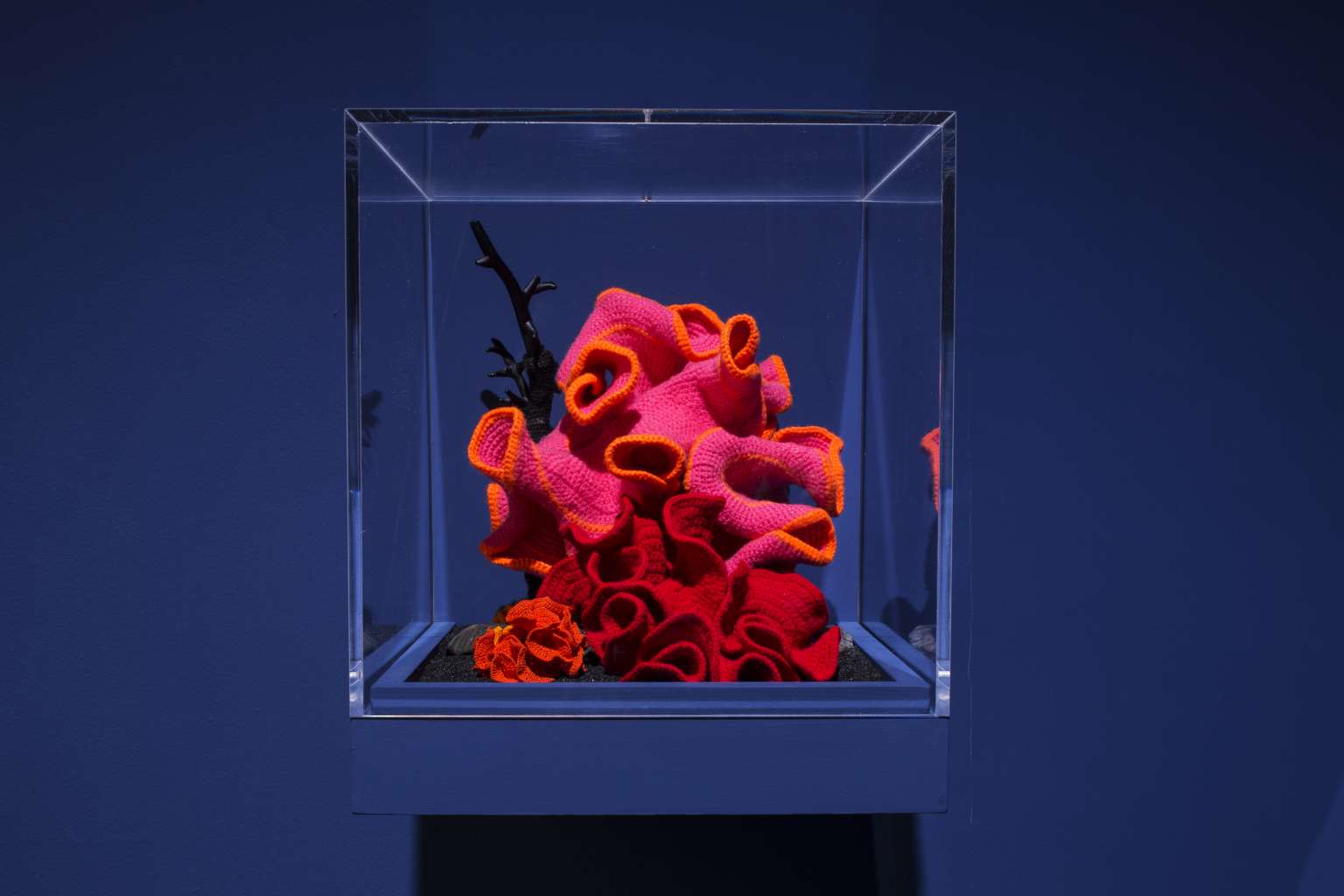Seeing the Unseeable: Data, Design, Art opens doors to the public on September 19, 2024. This is a wide-ranging and multilayered exhibition exploring how contemporary art, design, and culture respond to big data’s impact on daily life.
Admission is free and open to the public. The exhibition is going to feature the work of more than 16 artists and designers, including Refik Anadol, Iñigo Manglano-Ovalle, and Mika Tajima. The exhibition will be on display at ArtCenter’s Alyce de Roulet Williamson Gallery.

The dawn of the early 1990s brought advancements in data visualization – representing data. Information started being organized graphically to become more engaging and accessible to the public. Within the sciences, data visualization compellingly conveys information; in art, it transforms information into a canvas for creative expression. In its early forms, data visualization was used in map-making and creating statistical graphics to convey scientific information and support analytic reasoning. Since then, the means to gather, mine, comprehend, and understand data have progressed.
“For these artists, data serves as a prompt, much like a language, to communicate with the audience through novel means of discourse and experimentation,” said ArtCenter President Karen Hofmann. “The exhibition explores a critical cultural moment of the data divide, namely emphasizing racial, ethnic and socioeconomic inequities, as well as who data is collected by and how it is used.”
Karen Hofmann, artcenter president

The exhibition focuses on concepts such as data and data visualization, which include data humanism, invisible data, and data environments. Giorgia Lupi coins data humanism in reaction to computer-generated graphs, pie charts, and generic human icons used by mainstream media in the ‘90s. In collaboration with Ehren Shorday, Lupi has designed a large installation advocating a humanistic approach.
Invisible data references the unseen nature of data and the influence of data biases. The Library of Missing Data Sets, by Mimi Onuoha, highlights forgotten or traditionally overlooked communities. Furthermore, Mika Tajima’s Archive of Feelings is the artist’s first-ever NFT project that utilizes a custom algorithm to process text-based social media data and forecast collective emotions.
Data Environments works express concern for Earth’s current state and climate. For instance, Cloud Prototype by Iñigo Manglano-Ovalle is a large-scale sculpture formed by the study of weather systems and compilations of numerical data from thunderclouds.


Featured image: Pod Worlds, part of the worldwide Crochet Coral Reef project by Margaret Wertheim and Christine Wertheim and the Institute For Figuring










